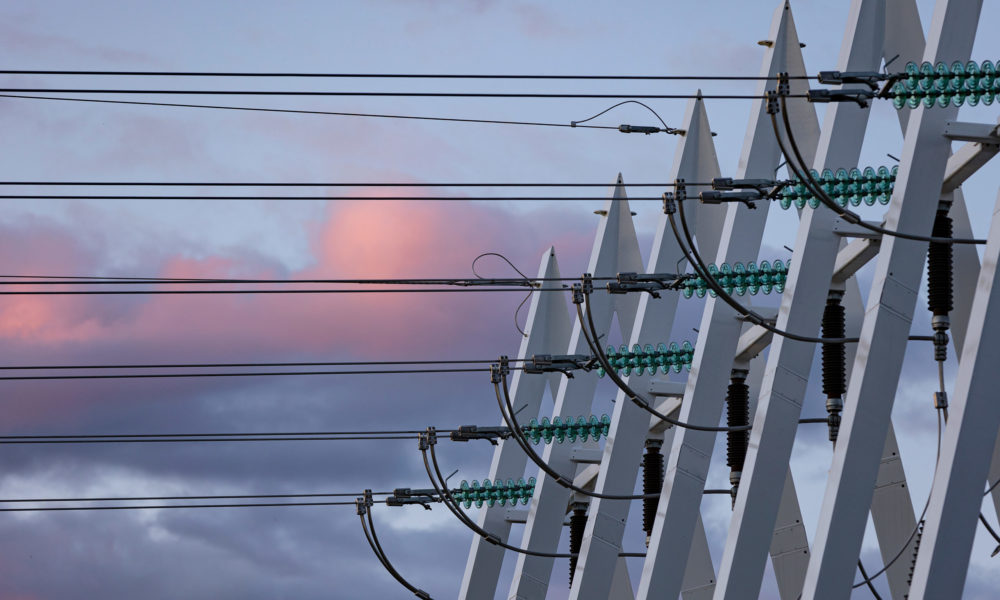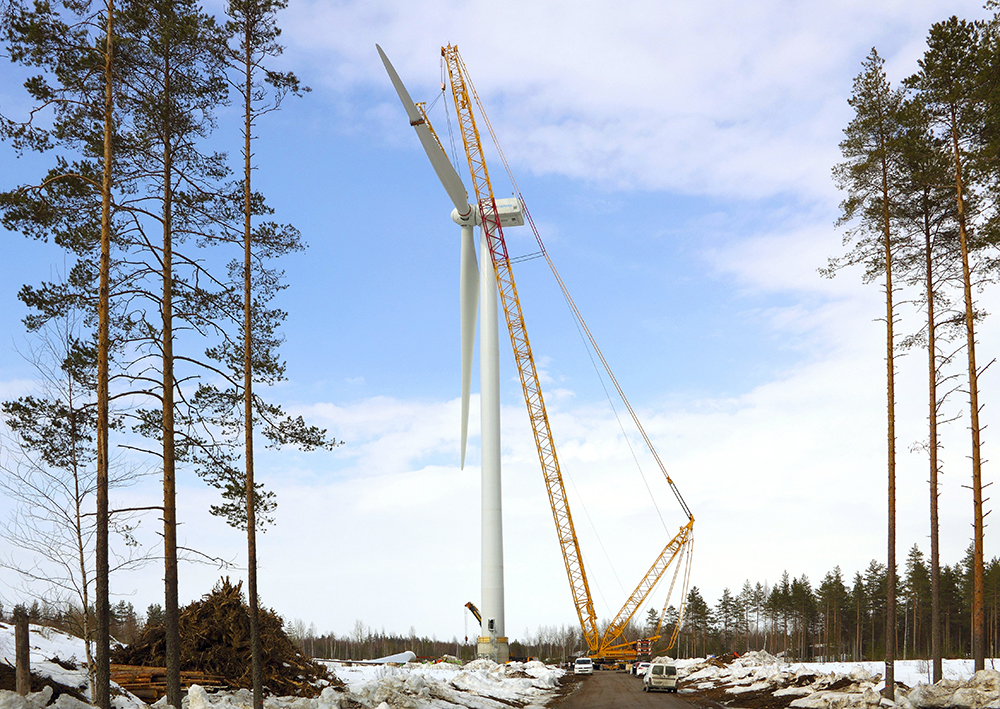
Solar energy from your roof
The house of Kaija Niskala, Service Manager for energy accounting and guarantees of origin, sports solar panels on its roof, producing electricity not only for her family but also for others.

The house of Kaija Niskala, Service Manager for energy accounting and guarantees of origin, sports solar panels on its roof, producing electricity not only for her family but also for others.

“Fingrid collects customer feedback via several channels. A good meter and trend indicator is the customer feedback survey conducted every year; respondents comprise around 200 customers. Continuous feedback recorded in the customer information system is collected from routine customer encounters,” says Jussi Jyrinsalo, Fingrid’s Senior Vice President responsible for customer relationships.

“When our help was requested, we agreed and arrived at the transmission line’s disconnectors in no time. We managed to limit and earth the fault quickly,” Kenet Oy’s Operations Manager Veli-Pekka Kinnunen and Substation Engineer Risto Ekdahl recall the disturbance that occurred in January. Fingrid thanked the men for the good and well-functioning cooperation.

Demand response is an effective way to prepare for exceptional situations in the electricity grid. It supplements production response in disturbance situations. Fingrid has acquired a record amount of frequency-controlled disturbance reserve from demand response for 2017.

Fingrid has named the 400-kilovolt transmission line connections between north and south in the spirit of Finland’s 100th anniversary:

The Specifications for the Operational Performance of Power-generating Facilities (VJV) will be updated next year. The EU’s network code for the connection of generators (NC RfG) will become part of Fingrid’s requirements.

Launched in June 2016, the Energy Weather Forecast developed by the Finnish Meteorological Institute forecasts the availability of solar and wind energy by location in Finland for the next 24 hours.

The Network Code for Emergency and Restoration harmonises the actions of transmission system operators during an electricity system disturbance.

Fingrid wanted to improve the availability and reliability of HVDC interconnections to a level that matched the importance of these cross-border connections. Major improvements in 2016 cut the number of outages ‘due to disturbances’ in half and reduced their duration to less than one-tenth of the average in previous years. How did Fingrid achieve such a fine outcome?

Fingrid has received several inquiries about locating solar power plants in transmission line areas. However, it is not possible from the main grid’s perspective. Locating a wind power plant near a main grid transmission line is also problematic. Guidelines concerning wind and solar power plants are included in the updated planning guidelines meant for land-use planners from municipalities.